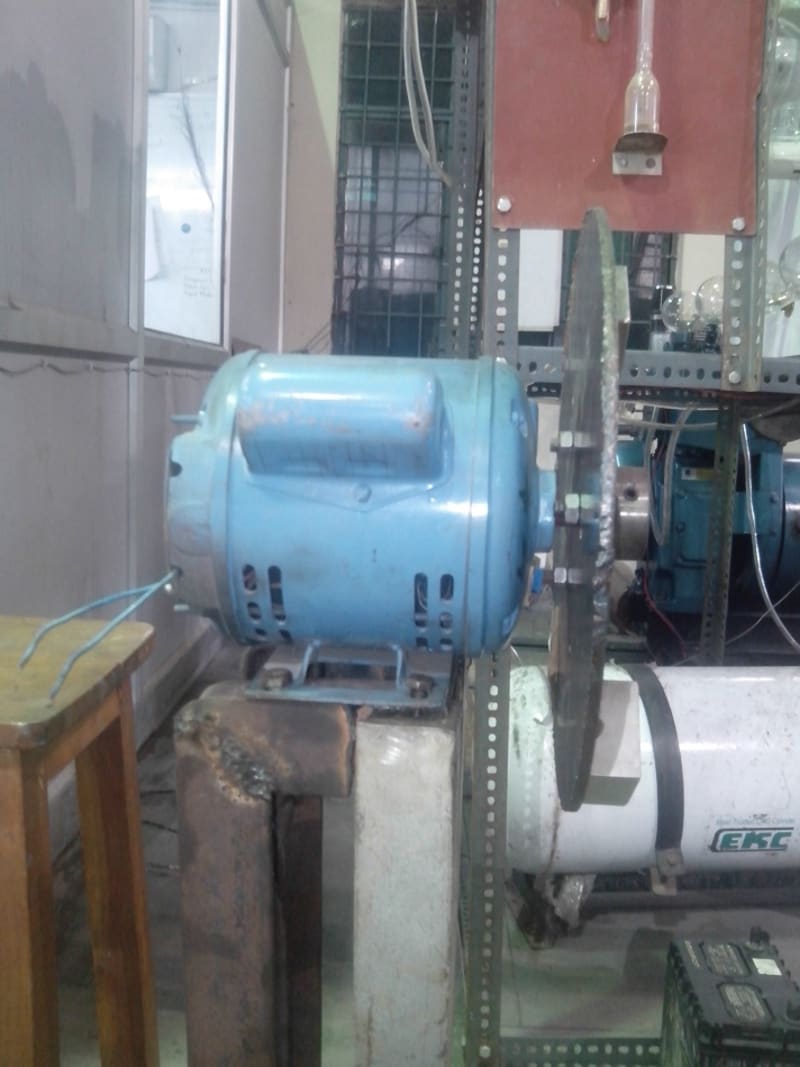It is common knowledge that tapping all the feasible sources of energy and systems which prevent losses is the need of the hour. Currently, many such systems have been developed including “REGENERATIVE BRAKING.” The usual method for regenerative braking includes using a dynamo attached to the crankshaft which gets charged when the wheel rotates during idling. However, this study aims at doing this differently by attaching the regenerative system at the wheels. Considering an example of wastage of energy, a 1000 kg car brakes from 36km/h (10m/s) to 18km/h (5m/s) about 150 times in a liter consumption of diesel. We can safely calculate wastage of 5625 KJ of kinetic energy. This entry aims to explore this immense potential source of energy recovery by producing & storing electricity using magnetic braking on the wheels of automobiles. Also, the location of the magnetic braking system ensures that the heat produced is dissipated fast enough, which is unlike conventional regenerative braking.
The whole idea revolves around providing assistance (light braking) to normal braking system alongside producing electricity. In order to ensure this, Neodymium magnets are attached to the boundary of the wheel. In addition to this, the brake pipe is bifurcated to one with larger diameter and the other with very small diameter. The broader branch will ensure the conventional braking and the narrow branch will be attached to a dynamo which is placed close to the axis of the magnets so as to induce flux in its coil. On the application of brakes, braking fluid will reach the pipe attached to the dynamo faster due to pipe's smaller cross section. This in turn will push forward the dynamo towards the moving magnets producing resistive action to the wheel due to a change of flux in the dynamo coil. Also, it induces a variable current in the dynamo which is measured and the electricity from it is stored in a battery via rectifier.
Keeping in mind the actual variations in light braking, this entry includes finding relations between current and rpm of the wheel and also between the distance of the dynamo coil from the magnets and the voltage observed, which proved helpful in predicting the behavior of real world on-road vehicle. The second phase of this study includes incorporating this technology in all modern automobiles.
Like this entry?
-
About the Entrant
- Name:Satya Kaul
- Type of entry:individual
- Software used for this entry:Excel, Catia
- Patent status:none





